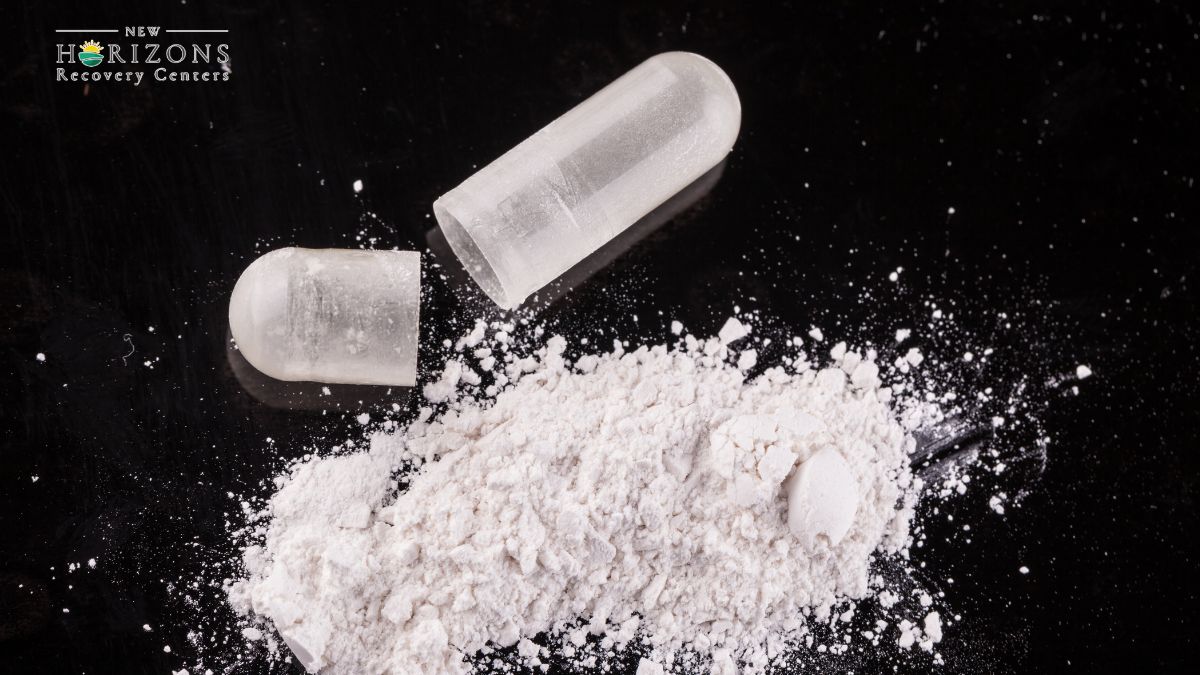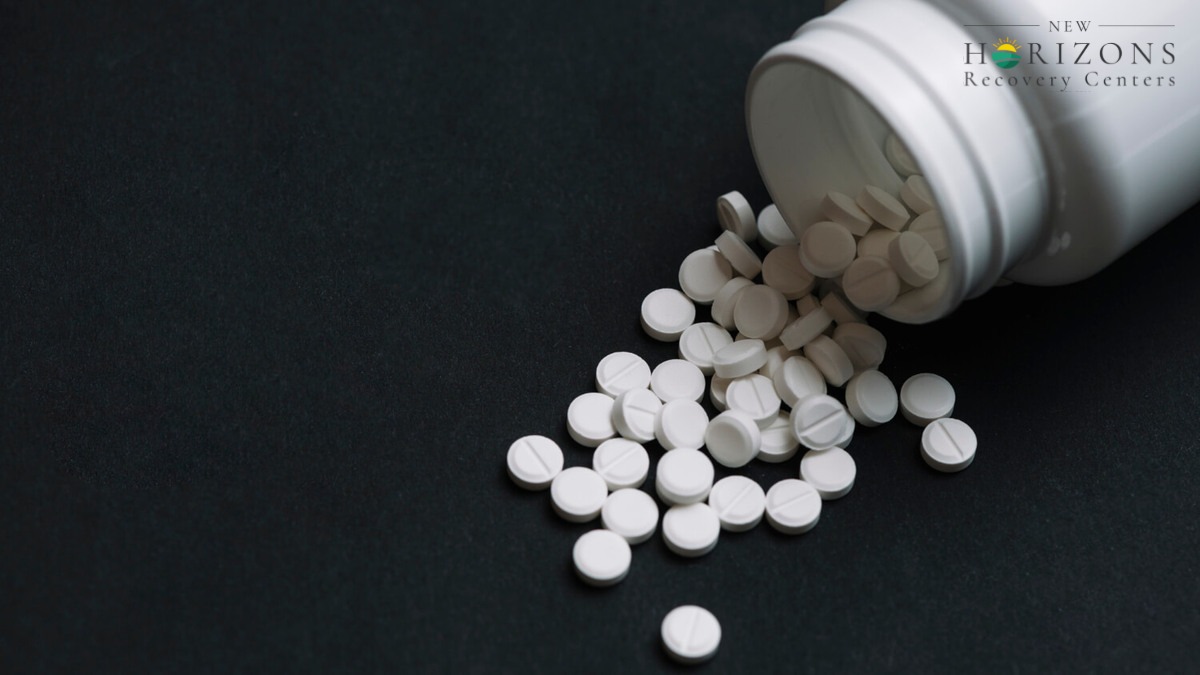Impact of Drug Decriminalization
Drug decriminalization is a global trend that has been adopted in various countries, each with its own approach and effectiveness. Understanding the global trends in decriminalization and the effectiveness of different models is crucial in assessing the impact of this policy shift.

Global Trends in Decriminalization
According to a report by Release, a UK center for expertise on drugs and drug laws, some form of decriminalization has been adopted in 30 countries. These countries have implemented different approaches, ranging from decriminalizing the possession of small quantities for personal use to diverting individuals into treatment programs instead of criminalizing them.
Effectiveness of Different Decriminalization Models
Research and evidence from various countries suggest that drug decriminalization can have positive outcomes. For instance, in countries where drug use is decriminalized and comprehensive harm reduction services are available, there tends to be a sharp drop in HIV prevalence and transmission among people who use drugs.
Case studies of countries that have implemented decriminalization policies provide valuable insights into the effectiveness of different models.
Netherlands: The Netherlands is often cited as a success story in drug decriminalization. By decriminalizing heroin and other hard drugs, the country treats addicts as patients, providing them with support and assistance to reintegrate into society. This approach has resulted in a significant decrease in the number of new heroin addicts, while existing users are supported and helped to find employment [3].
Portugal: Portugal's experience with drug decriminalization has also yielded positive results. Since decriminalization, the country has seen a significant decrease in drug-induced deaths, with rates standing at one-fiftieth of the United States' rate. Additionally, the rate of HIV infection among drug users has dropped significantly, demonstrating the effectiveness of decriminalization in reducing drug-related harms.
It's important to note that the model of enforcement adopted does not significantly impact the rates of drug use in a country, as evidenced by a report from Release that reviewed evidence in 21 countries that have implemented some form of decriminalization. This suggests that the focus should be on providing comprehensive harm reduction services, treatment options, and support systems to address addiction and related issues.
The impact of drug decriminalization on addiction rates is a complex issue that requires a comprehensive approach, including access to treatment, harm reduction services, and support systems. By considering various models and learning from the experiences of different countries, policymakers can make informed decisions to address addiction and promote public health and safety.
Health and Social Outcomes
When it comes to the decriminalization of drugs, there are various health and social outcomes that have been observed. In this section, we will explore two significant outcomes: the reduction in HIV transmission rates and the impact on drug-related criminal justice involvement.
Reduction in HIV Transmission Rates
One of the notable benefits of drug decriminalization is the potential reduction in HIV transmission rates among people who use drugs. In countries where drug use is decriminalized and comprehensive harm reduction services are available, HIV prevalence and transmission tend to decrease sharply among this population. By shifting the focus from punitive measures to public health approaches, such as access to clean needles, safe injection sites, and education on safer drug use practices, the risk of HIV transmission can be significantly mitigated.
Impact on Drug-Related Criminal Justice Involvement
Decriminalization of drugs also has an impact on drug-related criminal justice involvement. Currently, a substantial number of individuals within the criminal justice system have a diagnosis of drug abuse or dependence. However, the majority of prisoners who could benefit from drug abuse treatment do not receive it, highlighting a disconnect between addiction research and treatment within the criminal justice system.
By decriminalizing drug use, individuals who are struggling with substance abuse can be diverted away from the criminal justice system and toward appropriate treatment and support services. This approach aims to address addiction as a public health issue rather than a criminal one. By providing access to comprehensive drug abuse treatment programs, individuals have a greater chance of receiving the necessary support to overcome their addiction and reduce the likelihood of reoffending.
It is important to note that while drug decriminalization has shown promise in reducing HIV transmission rates and addressing drug-related criminal justice involvement, further research is needed to fully understand the long-term effects and potential benefits of different decriminalization models. However, these outcomes highlight the potential positive impact of decriminalization on both public health and the criminal justice system.
Addressing Addiction Rates
To effectively address addiction rates, it is crucial to consider the treatment disparities within the criminal justice system and the benefits of community-based drug abuse treatment. By focusing on these aspects, societies can make significant progress in combating addiction.
Treatment Disparities in the Criminal Justice System
The criminal justice system plays a significant role in dealing with drug-related offenses, but there exist treatment disparities within this system. Research shows that a large number of individuals with drug abuse or dependence diagnoses do not receive the necessary treatment while under criminal justice supervision. In the United States, it is estimated that approximately 80% to 85% of prisoners who could benefit from drug abuse treatment do not receive it.
This discrepancy highlights a significant disconnect between addiction research and treatment within the criminal justice system. To effectively address addiction rates, it is crucial to bridge this gap and ensure that individuals who require treatment have access to it during their involvement with the criminal justice system.
Benefits of Community-Based Drug Abuse Treatment
Community-based drug abuse treatment has proven to be effective in reducing drug use and drug-related criminal behavior. Research conducted over the past two decades consistently demonstrates that community-based treatment can be up to 1.8 times more effective in reducing drug use compared to other alternatives.
One study revealed that individuals who participated in prison-based treatment followed by a community-based program post-incarceration were seven times more likely to be drug-free and three times less likely to be arrested for criminal behavior compared to those who did not receive treatment. This highlights the significant impact that community-based drug abuse treatment can have on reducing addiction rates and preventing relapse.
Furthermore, community-based treatment programs have shown to be cost-effective. Economic analyses indicate that prison-based treatment can save between $2 to $6 for every dollar spent, while drug courts can save approximately $4 in avoided costs of incarceration and healthcare for every dollar spent. These findings underscore the importance of investing in community-based drug abuse treatment as a cost-effective approach to address addiction rates.
By addressing treatment disparities within the criminal justice system and promoting community-based drug abuse treatment, societies can effectively combat addiction. These strategies not only provide individuals with the necessary support and resources to overcome addiction but also contribute to long-term positive outcomes, reducing drug use and associated criminal behavior.
Economic Considerations
When examining the decriminalization of drugs, it is essential to consider the economic impact of such policies. This section explores the cost-effectiveness of drug treatment programs and the potential for revenue generation through regulation and taxation.
Cost-Effectiveness of Drug Treatment Programs
Treating drug-involved individuals within the criminal justice system has shown to be cost-effective. Prison-based treatment programs have been found to save between $2 to $6 for every dollar spent, while drug courts have estimated savings of approximately $4 in avoided costs of incarceration and healthcare for every dollar spent.
By redirecting individuals with drug-related issues towards treatment programs instead of incarceration, significant cost savings can be achieved. These programs focus on addressing the underlying causes of addiction, providing support, counseling, and rehabilitation services. Not only does this approach contribute to reducing addiction rates, but it also helps individuals reintegrate into society as productive members.
Revenue Generation through Regulation and Taxation
An alternative approach to drug decriminalization involves the regulation and taxation of drugs, similar to the approach taken with alcohol and tobacco. This strategy has the potential to generate substantial revenue that can be invested in education and rehabilitation programs.
Regulation and control of drugs, combined with heavy taxation, can serve multiple purposes. Firstly, it could help combat drug-related problems by providing children with the necessary tools and education to make informed, healthy choices. By investing in prevention and education programs, society can work towards reducing the demand for drugs.
Additionally, the revenue generated through taxation can be allocated to funding rehabilitation programs. These programs provide much-needed support for individuals struggling with addiction, helping them recover and reintegrate into society. By offering access to effective treatment and support, the cycle of addiction can be broken, leading to improved health outcomes and reduced societal costs.
Furthermore, a regulated system for drug distribution can contribute to public safety. By eliminating the illegal drug market, burglary rates and gun-related crimes may decrease. Additionally, providing individuals with safe places to purchase drugs, along with clear information about risks and guidance on seeking treatment, can promote harm reduction and reduce the strain on law enforcement resources.
In conclusion, economic considerations play a significant role in the discussion of drug decriminalization. The cost-effectiveness of drug treatment programs within the criminal justice system, along with the potential revenue generation through regulation and taxation, highlights the benefits of adopting alternative approaches. By investing in treatment and rehabilitation, society can address addiction rates more effectively while simultaneously reducing the economic burden associated with drug-related crimes and incarceration.
Case Studies
Examining real-world examples can provide valuable insights into the impact of drug decriminalization on addiction rates. Two notable case studies that have gained attention for their approaches to decriminalization are the Netherlands and Portugal. Additionally, we will explore Oregon's experience with decriminalization.
Success Stories: Netherlands and Portugal
In the Netherlands, drug decriminalization has proven to be successful in reducing addiction rates. The country's approach involves treating drug addiction as a public health issue, with a focus on harm reduction. Decriminalization of heroin and other hard drugs has allowed addicts to be treated as patients, resulting in hardly any new heroin addicts being registered, while existing users are supported and helped to reintegrate into society, including finding employment.
Portugal's experience with drug decriminalization has also yielded positive outcomes. Since the decriminalization of drug consumption in 2001, Portugal has seen a significant decrease in drug-induced death rates, standing at one-fiftieth of the United States' rate. Additionally, the rate of HIV infection in Portugal dropped from 104.2 new cases per million in 2000 to 4.2 cases per million in 2015 after decriminalization. These results can be attributed to the country's approach of treating drug addiction as a public health issue, focusing on providing comprehensive support, and promoting harm reduction strategies.
Portugal's decriminalization efforts have also had positive economic impacts. The per capita social cost of drug misuse decreased by 18% since decriminalization, reflecting the effectiveness of investing in treatment and harm reduction programs. Moreover, the percentage of people in prison in Portugal for drug law violations decreased from 44% in 1999 to 24% in 2013, freeing up resources that can be redirected towards rehabilitation and support.
Oregon's Experience with Decriminalization
In November 2020, the state of Oregon became the first in the United States to decriminalize the possession of small amounts of drugs such as cocaine, heroin, and methamphetamine. This groundbreaking legislation aims to shift the focus from punishment to treatment, viewing drug addiction as a public health issue rather than a criminal offense.
While it is still early to assess the long-term impact of Oregon's decriminalization, the state's approach aligns with the success stories from the Netherlands and Portugal. By redirecting resources towards treatment and support services, Oregon aims to reduce addiction rates and improve outcomes for individuals struggling with substance abuse.
By analyzing the experiences of the Netherlands, Portugal, and Oregon, it becomes evident that drug decriminalization, when coupled with comprehensive treatment and harm reduction strategies, can lead to positive results in reducing addiction rates. These case studies highlight the importance of viewing drug addiction as a public health issue and prioritizing support and rehabilitation over punitive measures.
Criticisms and Challenges
While there are arguments in favor of drug decriminalization and its potential impact on addiction rates, there are also criticisms and challenges associated with this approach. It's important to consider these viewpoints to have a comprehensive understanding of the topic.
UNODC Report Findings
The UNODC World Drug Report 2022 highlighted that the decriminalization of drugs has not resulted in a decrease in addiction rates. In fact, the report revealed that approximately 284 million people aged 15-64 used drugs worldwide in 2020, marking a 26% increase over the previous decade. The report also indicated that drug usage among young people in many countries is higher than with the previous generation.
These findings suggest that despite decriminalization efforts, drug use continues to be a significant issue globally. It raises questions about the effectiveness of decriminalization in reducing addiction rates and addressing the underlying factors that contribute to drug abuse.
Unexpected Consequences of Decriminalization
The case of Oregon's decriminalization of small amounts of drugs provides an example of unexpected consequences. Following the decriminalization in February 2021, the state witnessed a 23% increase in unintentional drug overdose deaths. This represents an additional 182 deaths in 2021 compared to predictions had the decriminalization not taken place [7].
These unintended outcomes raise concerns about the potential impact of decriminalization on public health and safety. It highlights the need for comprehensive strategies that address not only the legal aspects but also the prevention, treatment, and support systems necessary to combat addiction effectively.
It is important to consider these criticisms and challenges when evaluating the potential outcomes of drug decriminalization. While there may be success stories and positive consequences in specific contexts, it is essential to have a nuanced understanding of the complexities involved in addressing addiction rates and the potential unintended consequences that may arise from decriminalization efforts.






-ink.jpeg)
